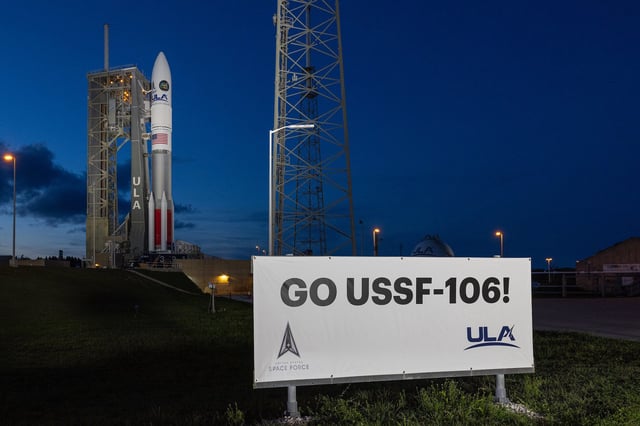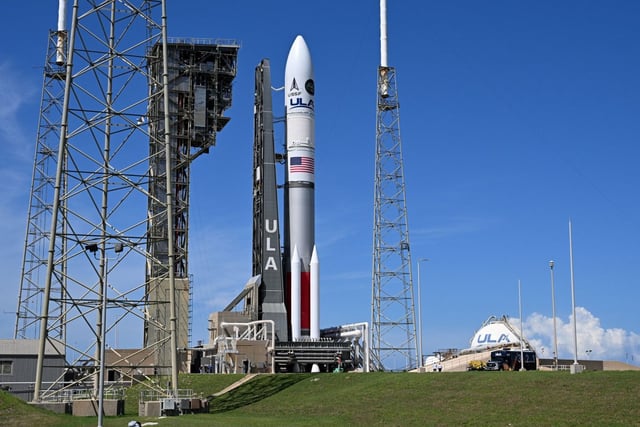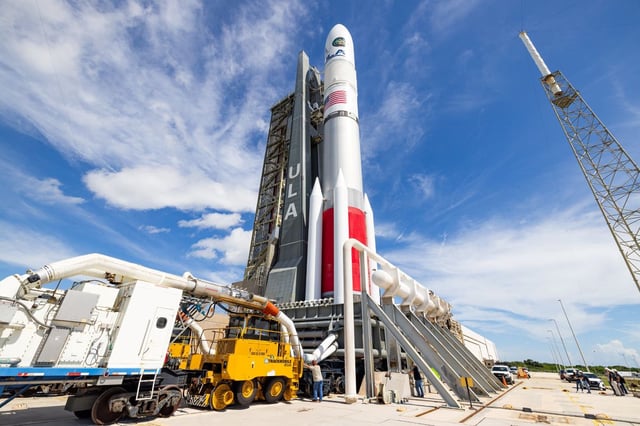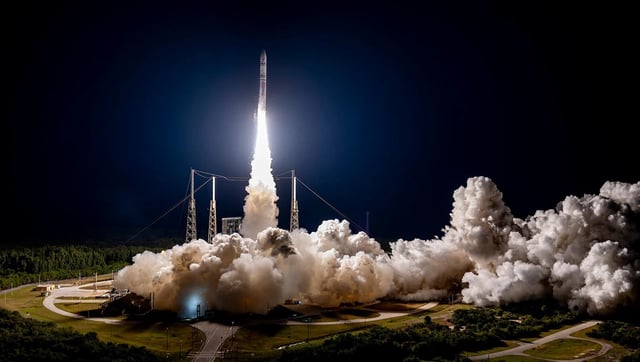Overview
- The Vulcan Centaur is slated to launch the USSF-106 mission at 7:59 p.m. EDT on August 12 from Cape Canaveral’s Space Launch Complex 41.
- ULA certified Vulcan under the National Security Space Launch program in March 2025 and performed mission-specific testing to resolve a solid-rocket-booster anomaly before tonight’s flight.
- The AFRL-developed Navigation Technology Satellite-3 will conduct over 100 experiments in anti-jamming, anti-spoofing, steerable-antenna and reprogrammable payload technologies.
- This mission marks the end of U.S. reliance on Russian RD-180 engines and begins to clear a backlog of 25 ordered Vulcan national security launches.
- Vulcan’s operational debut provides the Department of Defense with an alternative to SpaceX and sets the stage for future resilient PNT architectures in partnership with the Space Development Agency and Resilient GPS smallsat programs.



